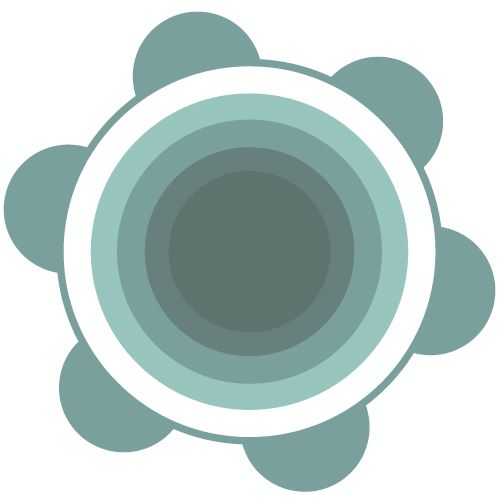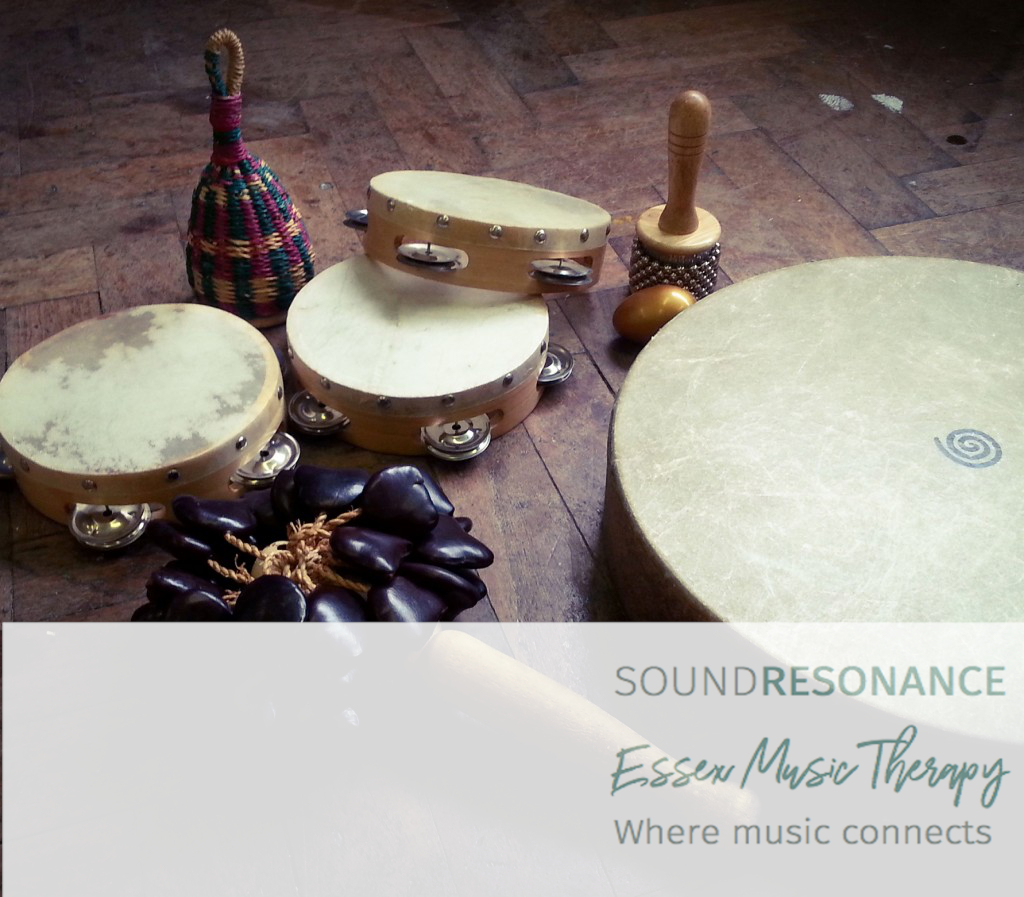

Our mission
At Sound Resonance we work towards making musical, creative, and social experiences accessible to a wide range of people in the community, with the aim to contribute beneficially to people’s emotional wellbeing and quality of life.

How it works
At Sound Resonance we employ creative and therapeutic thinking to deliver therapy, community, and educational programmes of the highest quality. Collaborations with a network of professionals allow us to share progressive practice and increase the positive impact and sustainability of our activities in the community.

Why music?
We strongly believe in the power of music for emotional and creative expression and as a way to connect with others. The ability to respond to music is an innate quality in human beings of all ages and abilities and in a nurturing environment music can be a strong catalyst for personal growth and development.

Community
Sound Resonance is working with individuals and institutions to support emotional wellbeing, social integration, and creative expression in the community through music therapy programmes, music tuition, and creative community projects.

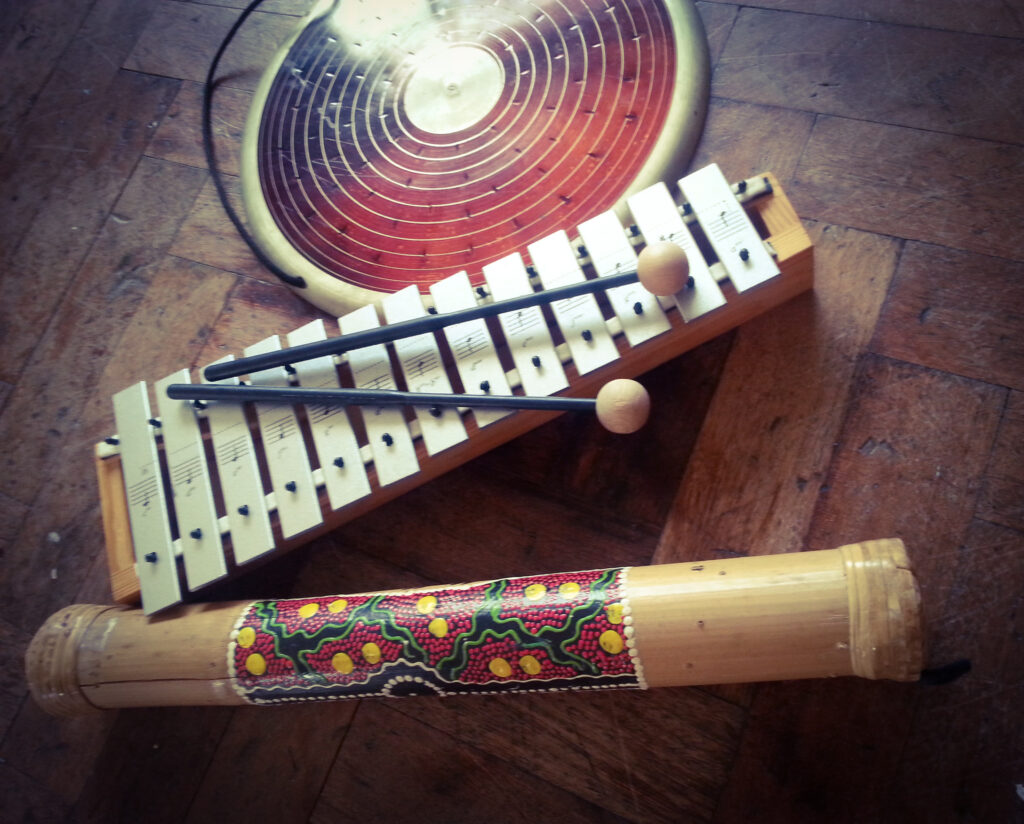
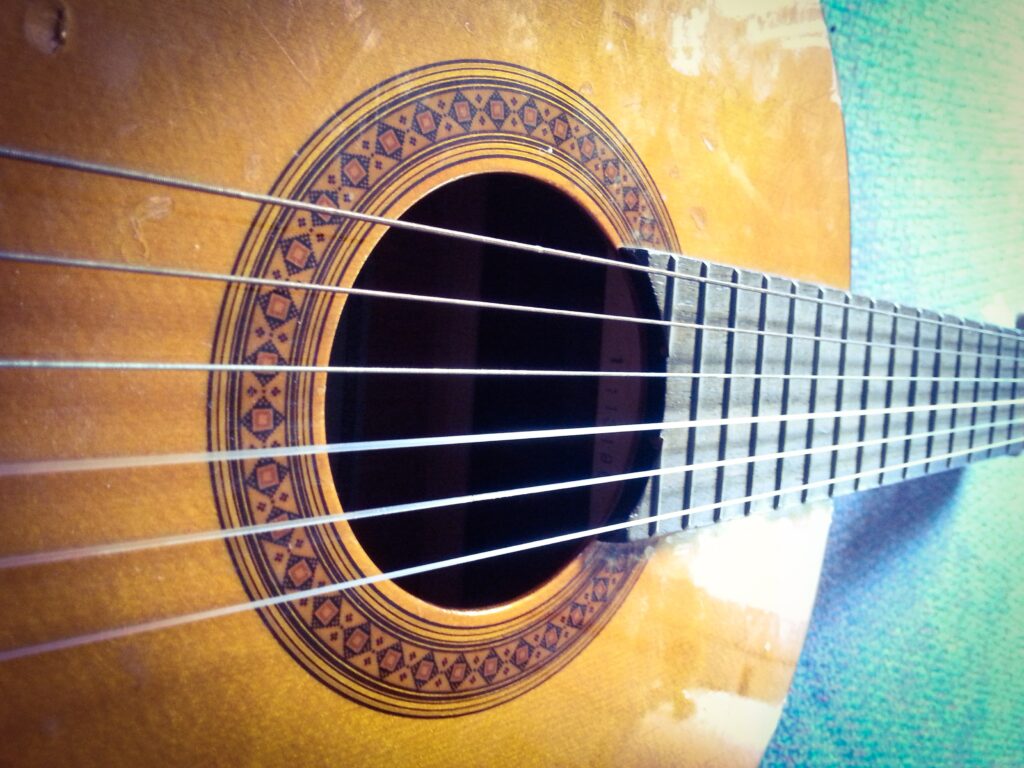
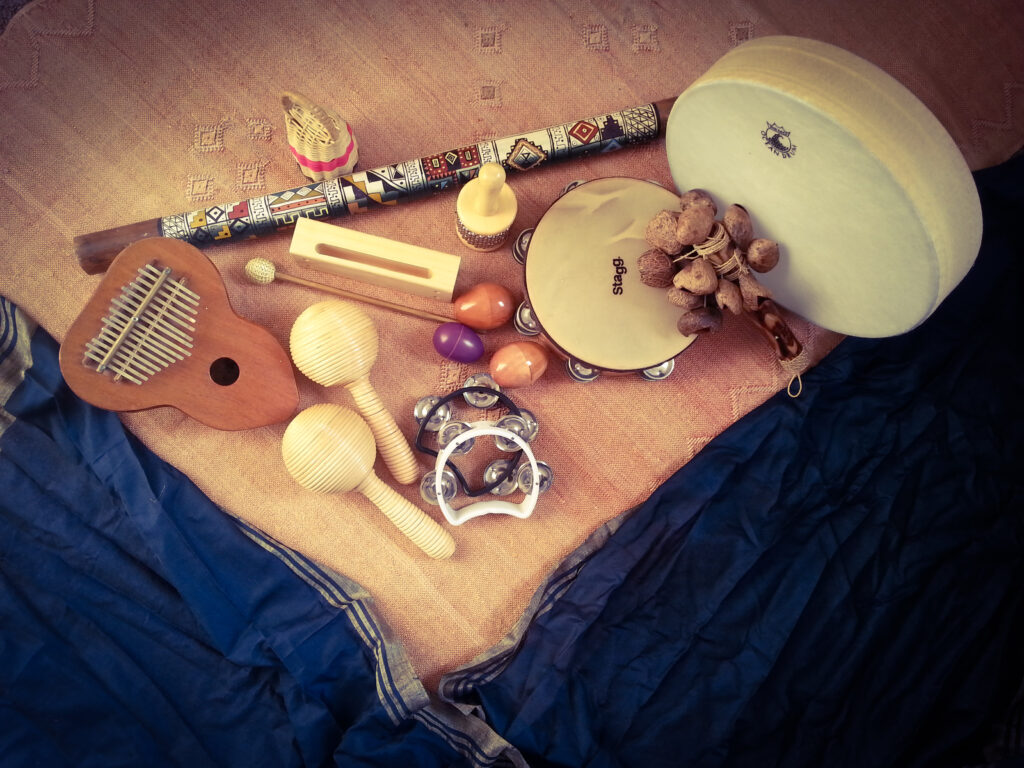
The story
Sound Resonance was founded in 2014 by London-based music therapist Carine Ries. Carine felt compelled to make music therapy accessible to a wider range of people, and expand the impact some of the work could have in the community. Initially a team of one, Sound Resonance soon grew to bring together combined resources of music therapists, music therapy trainees, musicians, and professionals working in education and healthcare. Supporting people’s wellbeing lies at the heart of it all and this can be approached in many different ways. Whether it is through music therapy or engagement with music in other creative ways, music reaches people in very unique ways and can be a strong catalyst for positive change, personal growth, and social interaction. As Sound Resonance is continuing to develop, influences beyond music and the arts therapies find their way into the team’s holistic approach. Elements of mindfulness and yoga further complement therapeutic, community, and educational programmes.
